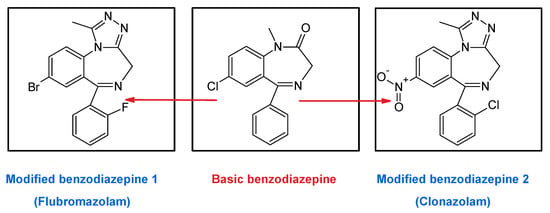


Sodium nitrite is administered intravenously and results in a methemoglobin concentration of about 15% in healthy adults. access, as is often the case in the prehospital setting. Amyl nitrite is inhaled, produces a minimal amount of methemoglobin, and is designed to be administered pending the establishment of i.v. In the context of cyanide poisoning, the differences between nitrites lie in the route of administration and the degree of methemoglobinemia they produce. (A methemoglobin concentration above 20% should halt further nitrite administration.) The dosage of nitrites should not be adjusted to achieve a predetermined methemoglobin concentration, since the formation of cyanomethemoglobin can potentially be misread as methemoglobin formation by an oximeter during patient monitoring. Therefore, the administration of the nitrite component of therapy for cyanide poisoning should be avoided in patients with smoke inhalation unless it can be demonstrated that the carboxyhemoglobin level is negligible.

Neither carboxyhemoglobin nor methemoglobin is capable of carrying oxygen, so such patients can develop functional hypoxia. The creation of methemoglobinemia through the use of nitrites for cyanide poisoning entails some risk and, in particular, may be detrimental or even lethal to a patient with smoke inhalation and concurrent carboxyhemoglobinemia or lung injury. Rhodanese, an endogenous enzyme, then facilitates the formation of thiocyanate, a much less toxic metabolite, which is renally excreted.

The cyanide bound to cytochrome oxidase is then preferentially bound to methemoglobin, forming cyanomethemoglobin. Intravenous sodium nitrite produces significant methemoglobinemia. Although there is no rapid test for the diagnosis of cyanide poisoning, an elevated lactate concentration (>8 mmol/L, or 72 mg/dL) and a venous blood gas with a high partial pressure of oxygen and a high oxygen saturation are, in the appropriate clinical context, highly suggestive of cyanide toxicity and warrant empiric antidotal therapy. Cyanide exposure causes rapid, severe systemic toxicity and rapid cardiovascular collapse. Cyanide overdose has been reported among workers in the gold, jewelry, and textile industries, in which the salts are frequently used. Suicide attempts involving the ingestion of commercially available cyanide salts have been reported. Smoke inhalation is one of the more common sources of exposure to cyanide in the United States. Cyanide also preferentially binds to the ferric ion of methemoglobin, but endogenous concentrations of methemoglobin are quite low.Įxposure to cyanide can occur during house fires, industrial accidents, and attempted suicides, and cyanide is a potential agent of chemical warfare. Cyanide binds to the ferric ion on cytochrome oxidase and abruptly halts the electron transport chain and aerobic respiration, producing profound toxic effects.


 0 kommentar(er)
0 kommentar(er)
